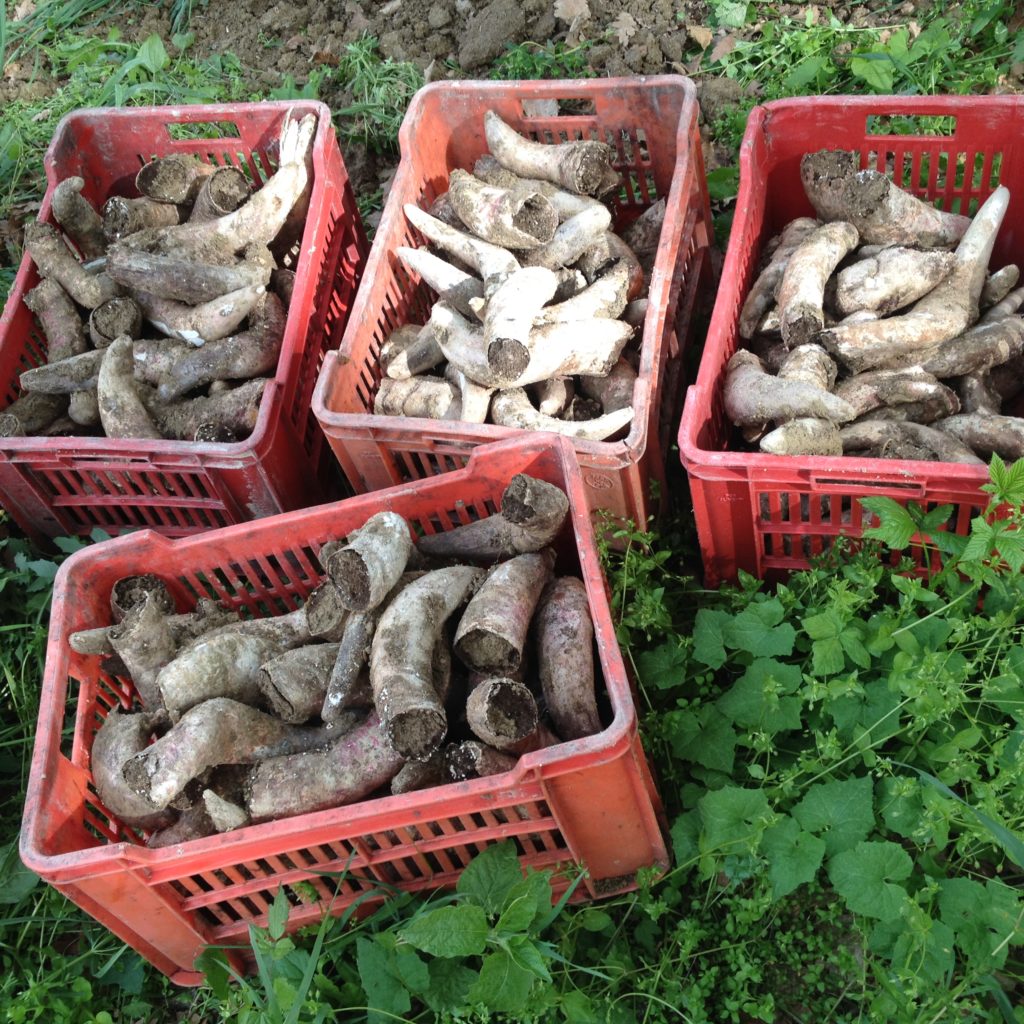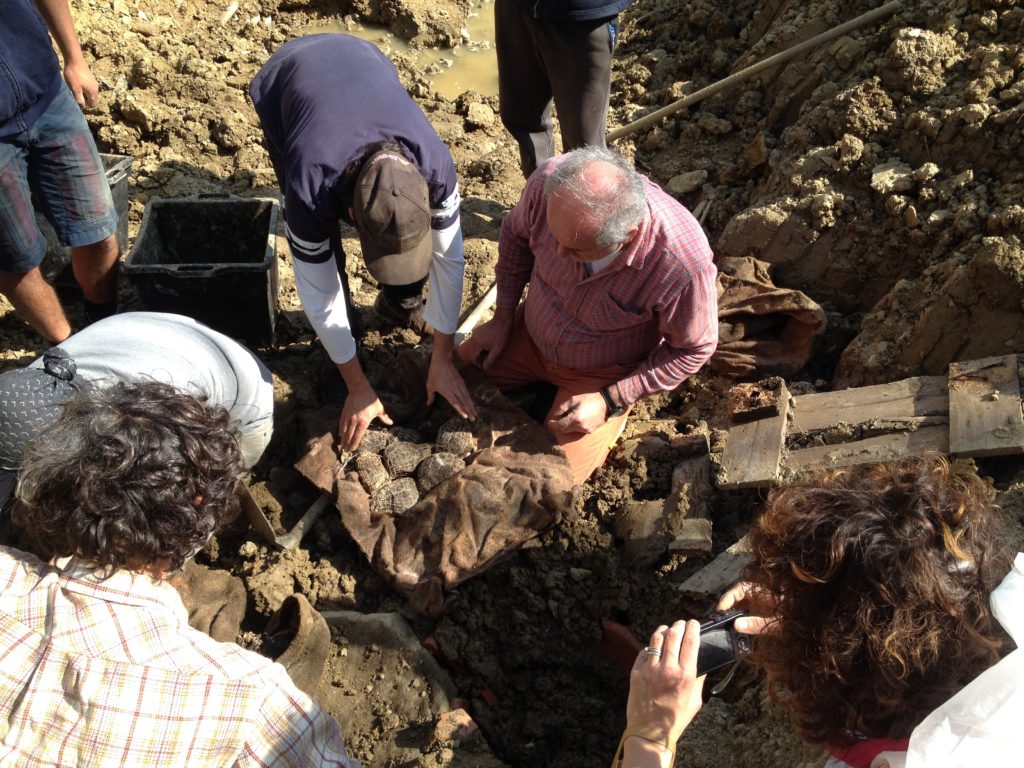Is Regenerative the new Biodynamic?
Is this just another buzzword or is there meat on those bones?
By Mark Greenspan and Loni Lyttle
The following is reprinted from Wine Business Monthly’s July 2021 Issue. Read the original article here.
The wine industry is particularly susceptible to buzzwords. Terms like “terroir” and “minerality” may be nebulous, but they do a good job selling wine. Flowery language doesn’t limit itself to the tasting room. Even at the farming level, we’re not immune.
I’ve always found buzzwords to be lazy. They get thrown around without taking the time to understand their full meaning. This is the sort of thing I worry about when I’m not saving up for my next unit of cryptocurrency.
Biodynamic is one of these words. I think for the most part, consumers hear it and think “well that sounds nice. How could you possibly be against something that sounds so…sustainable.” I’ve also found many a practitioner of this method unable to explain its intricacies. I can understand why. Rudolph Steiner’s lectures on agriculture are profoundly enigmatic and only reference grapevines briefly. Even so, you don’t have to have much experience with vines to know that they are a very different beast compared to, say, vegetables, which Steiner spends much more time talking about.
If there are a lot of blind followers of biodynamics, there is also a lot of blind pushback. What sounds good to some sounds like hippy mumbo jumbo to another and similarly there’s no effort to understand. I find this just as bad.
When it comes to biodynamics, I (Loni) am in a relatively unique position. I possess a Master’s degree in Viticulture and Enology, have amassed over a decade of experience and yes, for a time I co-managed the Biodynamic program for a high profile winery in Piedmont, Italy. I also read Steiner and went to a Biodynamic school high in the hillsides of the Langhe Valley. There, for 12 hours every weekend I languished in a dim classroom that smelled of Verbena while I listened to a crystal-adorned, self-proclaimed guru prattle on about the forces of the universe.
And here’s what I have to say about it.
First and foremost, I’m not a fan of the fear of fertilization. Every year, you are taking a chunk of your nutrients out of the vineyard when you harvest fruit. You must put something back in. Biodynamics argues that all of this can be accomplished with manure and management of cover crops. I doubt it. Manure is mostly water and even so, it has different composition and may not be giving your plants and soils what they really need, which are the minerals removed (N, P and K primarily). Manure has some of that, but not really in the same ratios of those removed with the grape crop.

Steiner rails against the use of salt fertilizers, but this is based on a childlike view of chemistry. Salts are merely compounds formed by the association of two or more ions of opposite charges netting out to a zero overall charge. Magnesium sulfate (Epsom salts) is not the same salt as sodium chloride, for instance. Potassium sulfate is not the same as potassium chloride, the latter of which makes a cheap, but poor fertilizer while the former is perfectly fine (and organic). Unlike chloride salts, sulfate salts are just fine for the soil and provide a source of sulfur, another plant nutrient. In fact, most salt-based fertilizers are not chlorides and numerous conventional and organically-acceptable salt-based fertilizers are sulfates. Honestly, the whole organic argument for naturally occurring fertilizers versus inorganic ones doesn’t make a lot of sense to me, yet it seems to appeal to those who are not educated in basic chemistry—or have instead chosen to forget about it.
Another argument I’ve heard is that vineyards need to return to some kind of natural stasis and that plants fall ill because they are somehow imbalanced. There’s really nothing natural about a vineyard. We took non-native plants, selected them over centuries to give us certain desired qualities, we graft them, and we farm them extensively in places that could never sustain them on their own. There is a natural version of the grapevine. You find it in the woods, growing hogwild up trees, producing horrible tiny little berries of little use. Left to her own devices, Mother nature would have done away with Vitis vinifera long ago, as she would have done with Zea mays and tomato plants that don’t poison us. There’s no natural state of a vineyard, except a mildew encrusted one that quickly loses her battle to insects and weeds. So forget about that argument about natural stasis. We’re creating an artificial environment to suit our own needs. That’s agriculture.
I’m told that Biodynamics is a matter of believing. But honestly, believe in what? My ability to read a book and magically, by way of my own purity and good intentions, rid my vineyard of disease? I (Loni) grew up in West Marin County. I’m no stranger to mysticism. That’s not what this is. Biodynamics is to alchemy as vision boards and the Secret are to esotericism. None of this is spiritual; it’s just another way for people to assure themselves that the force that created the universe is on their side. I don’t know God personally, but I doubt that He/She/They really cares about your problem with powdery mildew, which after all, is just as much a part of the mystery of creation as we are, right?

Furthermore, meaning well doesn’t mean you do well. Just ask the Peace Corps volunteers who sterilized the native population of Bolivia in the name of progress. Rudolph Steiner himself had some problematic views on eugenics, but we don’t have time for that right now.
When I was at Biodynamic school, I couldn’t help but appreciate our guru’s knack for profit-making. Attend a lecture on the use of ashes? Steiner said very little on the subject, but the guru had it all figured out and had plenty to sell you. Same with manure inoculum, and horn quartz, and self-published books that began with “according to Wikipedia…” He also sold “lightning water,” a tincture he made one night during a lightning storm. When asked how he made it, he took an empty bottle and walked over to his kitchen sink. “How much do you want?”
There might be a Buddhist Ascetic somewhere in the Himalayas capable of waving his hands over a plant and curing it of disease, but he’s usually not interested in doing so, much less in bottling up his own tap water and selling it at a premium to the public. Snake oil is a major red flag when you’re picking an ideology. It’s just a couple steps behind the Kool-Aid.
What I do like about Biodynamics is that it brought people back into the vineyard. It asked you to focus on your soil and on the long-term effects of cultivation. I think that’s always a good idea. As far as following the moon cycles and treating with horn manure…I’m skeptical, but why not? It’s not hurting your vines. Abstaining completely from fertilizing is. This is where I think regenerative farming can pick up when biodynamics left people saying, huh?

Regenerative Farming – Can it Be Defined?
It’s strange how new words come our way every decade or so. Organic viticulture started to be popular in the ‘90s (for California, anyway) and biodynamics started to be popular sometime after the beginning of the current century. But neither are new concepts. Neither is regenerative agriculture/farming. But I (Mark this time) hadn’t heard about it until maybe a year ago. What was it? A new and even less defined biodynamic approach?
From what I can tell, regenerative agriculture is neither new nor is it revolutionary. But it’s also hard to argue against, unlike its more strictly defined relatives organic and Biodynamic. Robert Rodale was credited as coining the term regenerative agriculture in the 1980s, which puts it in relatively recent history, but it’s not a “new” buzzword. It’s just new to me. Which always makes me skeptical. Just like “sustainable,” it can be left weakly defined so that it makes us and the consumer feel good, but potentially weak as far as farming practices guidelines and restrictions are concerned.
Where is regenerative in all of this? It is defined as a set of farming practices that is largely soil-focused and that not only sustains and maintains the soil, but also builds the soil, creates a healthier soil, and captures carbon for the overarching purpose of reversing human-caused climate change by reducing CO2 levels in the atmosphere. Is it possible to reverse climate change this way? Well, we’re not equipped to say yes or no, and it certainly seems that burning fossil fuels for energy and burning rainforests to create open land and destroying marine ecosystems by our own waste will be difficult to mitigate solely with regenerative agriculture. But it is also seems that regenerative farming could make a little dent in our environmental catastrophe and finding renewable sources of energy and ceasing our destruction of carbon-capturing ecosystems together with regenerative farming could be our only hope. And I also believe that regenerative farming is also practical and feasible, while I dread to admit that the other aforementioned factors may actually be hopeless.
So let us, our fellow growers, try and change something we can actually change: some of our farming practices.
The beautiful thing, at first glance, about regenerative farming is that is science-based and not based on concepts that appear to be belief-based and/or simple fallacies caused by an incomplete understanding of science (such as the salt-fertilizer argument stated previously). In fact, regenerative farming seems so logical that it appears to be simplistic.
Cover crops, mainly permanent cover crops, are a key aspect of regenerative viticulture. Growing annual cover crops and tilling them into the soil seems like such a satisfying way to build soil, but in truth it doesn’t. Plowing in our plow-down crops does indeed add organic matter to the soil, but it also hastens their breakdown and does not sequester the carbon (and nitrogen) but causes it to be released back into the atmosphere after it is tilled in. Growing perennial crops and self-seeding crops that are mowed, but not tilled allows carbon (and nitrogen) to accumulate in the soil, while slowly being broken down by the native microbes. That’s a healthy soil. And using sheep to do our mowing is even better in that it reduces tractor passes, allows us to control the cover crop earlier in the year, and nourishes a livestock product.
Going to no-till viticulture is clearly not being readily adopted based on observations of California vineyards. Growers love to till the soil and make the ground under and between vines look spotless. In doing that, we’re creating a monoculture of Vitis vinifera and starving our soil and our farm’s ecosystem of biodiversity, while reducing our soil’s ability to nutrient cycle, hold moisture, and aerate itself. But sowing long-lasting cover crops and eschewing tillage as an annual ritual will go a long way towards regenerating the soil and maybe even helping to reduce atmospheric carbon dioxide.

Are there other aspects of regenerative farming? For sure. Incorporating biochar could be one other method. However, this requires tillage for incorporation so it is not something that should be considered as a routine practice. Application of manures and composts are certainly ways of adding to soil carbon while adding some nutrients, but both are limited in their ability to do that because the amount being applied is really not substantial relative to the soil’s mass. And manure/compost is not something where more is better. Adding too much could provide excessive nitrogen and possibly other undesirable salts.
In some respects, it’s what we don’t do that’s just important as what we do do. Avoiding harsh and persistent herbicides and pesticides, eliminating tillage, and preventing soil compaction and erosion will go a long way towards soil building. Regenerative farming is not organic or biodynamic, but it seems to be simple in concept, non-dogmatic, open to some degree of interpretation, and relatively inclusionary. It’s also based on scientific principles or at least science can be used to support it. That’s something that scientists such as us can appreciate and support.
Regenerative farming is not Biodynamics without the belief system. Nor is it organic without the restrictiveness. In fact, some would argue that if one is organic or Biodynamic, they are also regenerative. I disagree with that. Both of those systems allow for tillage and don’t specify cover crop types. While there are certifications available, any grower can practice regenerative farming. It’s a set of concepts that can be practiced by many and should be considered by all.

